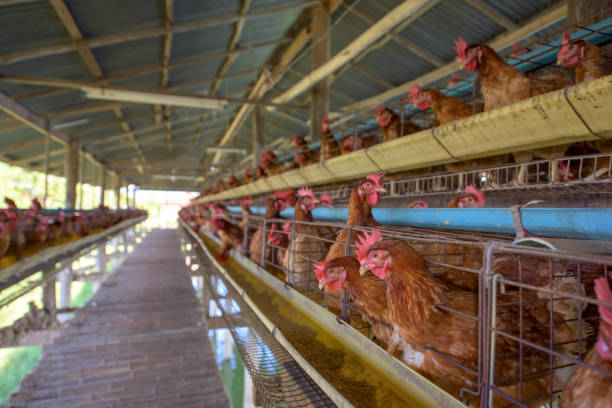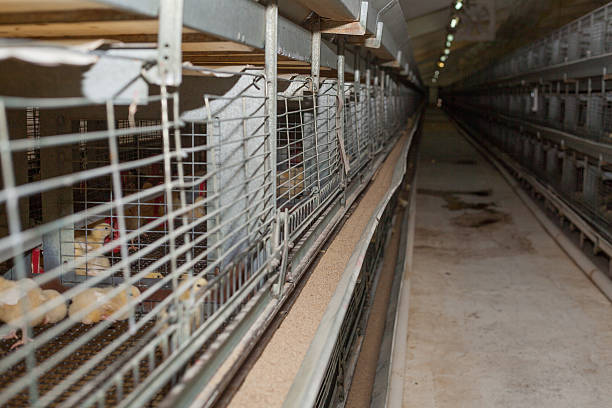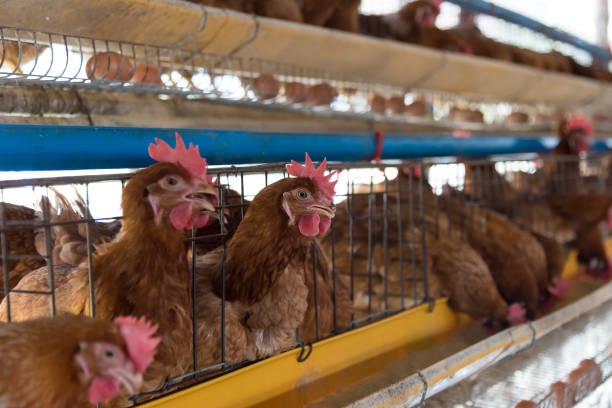Low-Cost Poultry Equipment for Beginners
Low-Cost Poultry Equipment for Beginners
Starting a poultry farming business can be an exciting and rewarding venture, especially for beginners looking to enter the agriculture sector. However, one of the biggest concerns new farmers face is the initial investment—particularly when it comes to buying quality equipment. The good news? You don’t need to spend a fortune to set up a functional and productive poultry operation. With smart choices and access to affordable yet reliable low-cost poultry equipment, beginners can build a strong foundation without breaking the bank.
At Livi Machinery, we understand the financial constraints new farmers often deal with. That’s why we’ve designed a range of cost-effective poultry farming solutions that balance affordability with durability and efficiency. Whether you’re planning a small backyard flock or a modest commercial farm, starting with practical, low-cost equipment allows you to scale gradually while maintaining high standards in bird health and productivity.
What Exactly Is Considered “Low-Cost” Poultry Equipment?
When we talk about low-cost equipment, we’re not referring to poor-quality or outdated products. Instead, “low-cost” means value-driven solutions that deliver essential functionality without unnecessary features or premium pricing. These are well-designed systems built for real-world use, offering solid performance at a fraction of the price of high-end models.
For example, simple but sturdy layer cages made from galvanized wire mesh are excellent for beginners. They provide proper ventilation, egg collection efficiency, and easy cleaning—all crucial for hen health and egg quality. Similarly, manual feeding and watering systems (such as trough feeders and nipple drinkers) are budget-friendly options that still promote hygiene and reduce waste compared to basic pans or bowls.
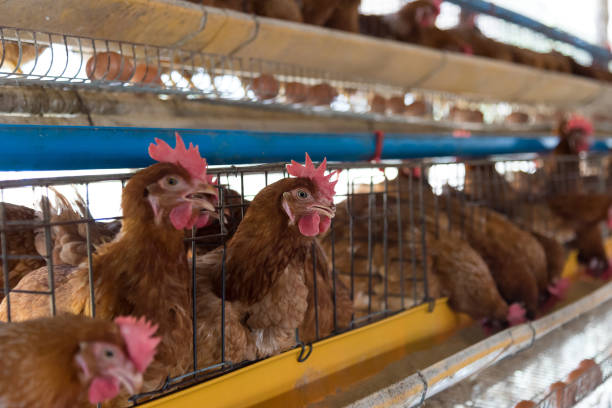
Another cost-effective option is compact, entry-level incubators capable of hatching 50–100 eggs at a time. These units often come with automatic turning trays and temperature controls, giving new farmers control over hatch rates without investing in industrial-scale machines. Brooder heaters and chick starter cages are also available at beginner-friendly prices and can be upgraded later as your operation grows.
The key is focusing on core needs during the startup phase: housing, feeding, watering, and climate control. By prioritizing these essentials and choosing reliable, low-maintenance equipment, beginners can avoid overspending while setting up a system that supports healthy birds and steady returns.
How to Choose Affordable Equipment Without Sacrificing Quality
Just because something is affordable doesn’t mean it has to compromise on quality—and this is where smart selection comes into play. Many new poultry farmers make the mistake of going for ultra-cheap options from unreliable suppliers, only to face frequent breakdowns, poor animal welfare conditions, and higher long-term costs due to replacements.
So how do you strike the right balance? Start by identifying manufacturers who specialize in poultry equipment and offer transparent specifications. Look for materials like hot-dipped galvanized steel, which resists rust and lasts longer than untreated metal. Even budget-friendly cages should have smooth welds and secure connections to prevent injury to chickens.
Check product reviews and ask for references if possible. Some companies even provide photos or videos of their equipment installed on real farms. At Livi Machinery, we encourage customers to visit our facility or request live video tours of working installations so they can see the build quality firsthand.
Also consider modular designs. Equipment that can be expanded or reconfigured as your flock grows offers better long-term value. For instance, cage systems that connect easily allow you to add more units later instead of replacing existing ones. This scalability helps keep costs down while supporting future growth.
Don’t overlook after-sales support either. A supplier that offers installation guidance, spare parts availability, and troubleshooting assistance adds significant value—even if their initial quote isn’t the lowest. Think of it as investing in peace of mind along with the equipment itself.
Smart Ways to Save on Poultry Setup Costs
Beyond selecting affordable equipment, there are several strategies you can use to reduce overall setup costs. First, plan your layout carefully. An efficient farm design minimizes material use, reduces labor, and improves workflow. For example, arranging cages in double rows with a central walkway saves space and reduces structural materials compared to single-tier layouts.
Second, buy in bundles. Many suppliers—including ours—offer starter packages that include cages, feeders, waterers, and nest boxes at a discounted rate. These kits are pre-configured for common flock sizes (like 50, 100, or 200 birds), making them perfect for beginners who aren’t sure where to start.
Third, consider used or refurbished equipment—if sourced responsibly. While we recommend avoiding unknown second-hand markets, some trusted manufacturers refurbish returned or demo units and sell them at lower prices with warranties. Just ensure the equipment has been properly sanitized and all moving parts tested before purchase.
Additionally, take advantage of free technical consultations. At Livi Machinery, we help new farmers choose the right setup based on their space, climate, and goals—all at no extra charge. Simple advice like orientation for natural light and airflow can improve comfort and cut energy costs significantly.
Finally, think long-term. A slightly higher upfront cost for better corrosion resistance or improved ergonomics may save you hundreds in repairs and labor over time. It’s not just about saving money today—it’s about building a sustainable, profitable farm for tomorrow.
If you’re just getting started in poultry farming and want to explore affordable, smartly designed equipment tailored to your needs, now is the perfect time to reach out. Our team at Livi Machinery has helped hundreds of first-time farmers set up successful operations across Asia, Africa, and Latin America. We’d love to hear about your project and help you select the right low-cost poultry equipment to get off to a strong start. Share your location, flock size, and timeline with us, and we’ll send you a customized recommendation and quote within 24 hours.
Frequently Asked Questions
What is the cheapest way to start a small poultry farm?
Begin with a small flock using basic galvanized cages, manual feeders and waterers, and natural ventilation. Buying bundled starter kits often saves more than purchasing items separately.
Are cheap chicken cages durable enough?
It depends on the manufacturer. Low-cost doesn’t have to mean low quality. Cages made from hot-dip galvanized wire with reinforced frames can last 8–10 years even under regular use.
Can I automate later if I start with manual systems?
Absolutely. Many farmers begin with manual feeding and watering, then upgrade to automated lines once they expand. Starting simple keeps early costs low and lets you learn the basics first.
Do low-cost incubators work well for beginners?
Yes, especially compact models with digital controls and auto-turning trays. They’re easier to manage and require less power, making them ideal for hobbyists or small hatcheries.
Is it safe to buy used poultry equipment?
Only if bought from a reputable source. Used equipment from unknown sellers might carry disease risks or hidden damage. Refurbished units from trusted brands with warranties are safer.
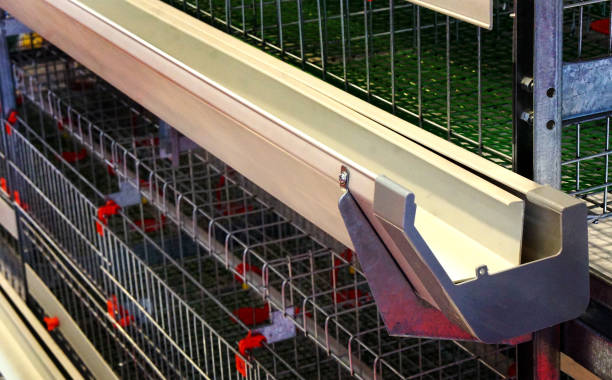
How many chickens can I raise with a $1,000 budget?
Depending on location and local prices, you could house and operate a flock of 50–100 laying hens using low-cost cages and manual systems, including feed and utilities for the first month.
What kind of shelter do I need for low-cost setups?
A simple shed or pole barn with good ventilation and protection from rain and predators is sufficient. You don’t need a fully insulated or heated building for most climates.
Can I install the equipment myself?
Most entry-level poultry systems are designed for easy assembly. We provide detailed instructions and video guides. For larger setups, we can assist remotely or arrange local support.
What maintenance does low-cost equipment require?
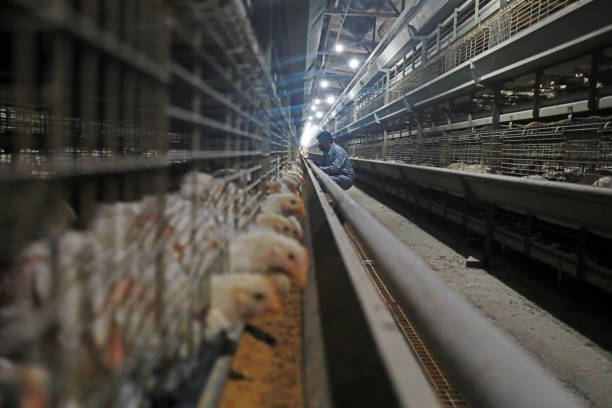
Regular cleaning, occasional tightening of bolts, and checking for rust or wear. Galvanized equipment only needs minimal upkeep if kept dry and clean.
Where can I buy reliable low-cost poultry gear?
Reputable manufacturers like Livi Machinery offer high-value equipment with warranties, customer support, and global shipping. Avoid generic marketplace listings with unclear specs.



